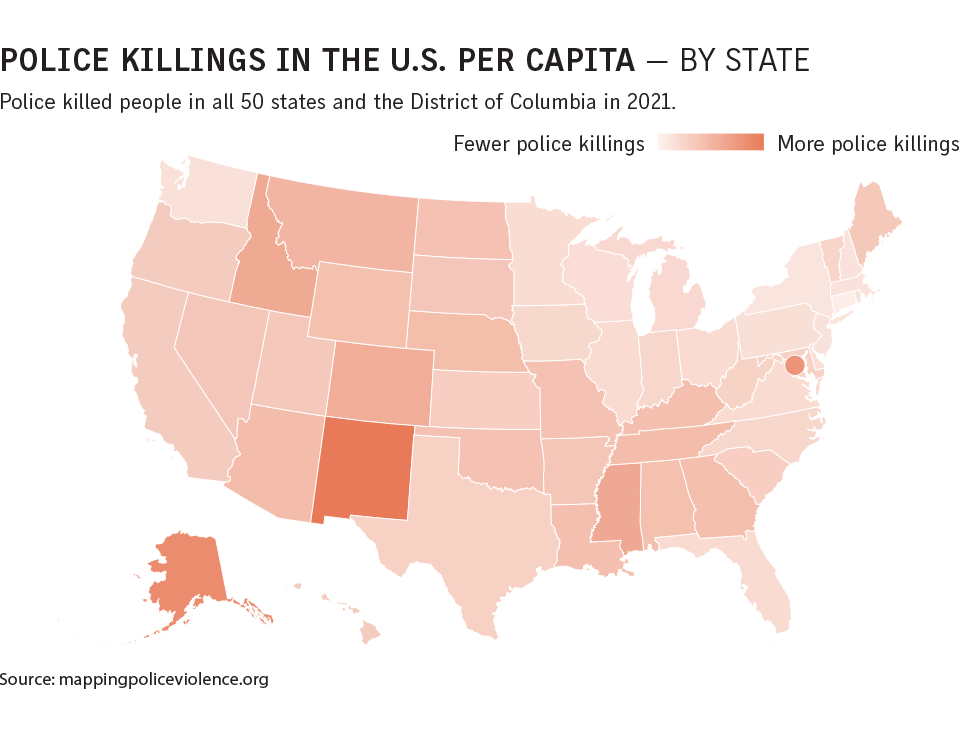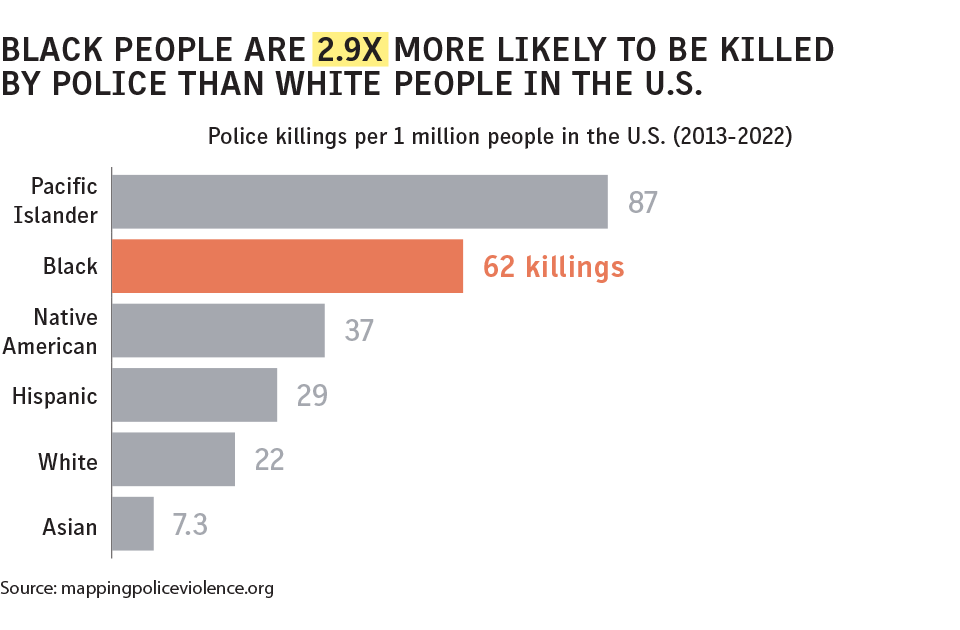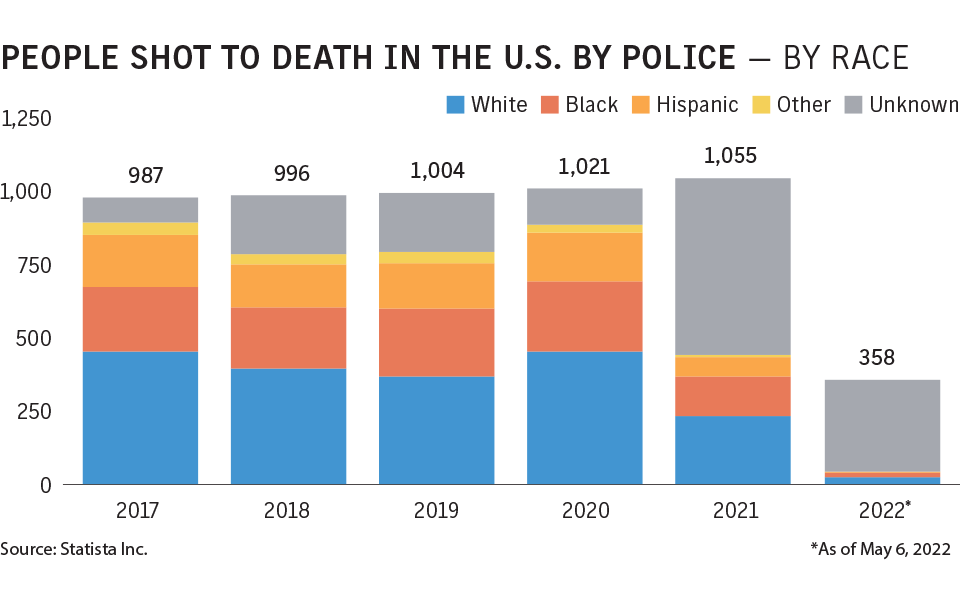Police liability market still tough for buyers
Reprints
Two years after the murder of George Floyd by a police officer and the nationwide turmoil the killing sparked, the law enforcement liability insurance market, which was already hardening, remains challenged, and many experts say it is unlikely to dramatically change any time soon.
Signs of a moderation are beginning to show, though, due to efforts to reform police department policies and procedures, some say.
Legislative efforts to reform police liability, such as a Colorado law that calls for police officers to pay 5% of any jury award against them up to $25,000, have failed to gain much traction elsewhere (See related story).
Mr. Floyd, a 46-year old African-American, died in Minneapolis on May 25, 2020, after Derek Chauvin, a white police officer, was filmed kneeling on his neck for about nine minutes. The incident led to protests in numerous cities. Mr. Chauvin was later found guilty of second-degree murder and sentenced to 17 to 21 years in prison.
The law enforcement liability market has been further aggravated by so-called nuclear jury verdicts, civil unrest, the pandemic and the social environment.
Police liability has always been challenging and a loss leader in the Public Entity space due to the many exposures that come with operating a police department such as the police force, jail and vehicles, said Adam Mazan, Newport Beach, California-based vice president in the casualty practice of Risk Placement Services, a unit of Arthur J. Gallagher & Co. He said the market has become more challenging due to police-related incidents posted on social media and front and center in the news, driven by the use of body cameras and cell phones
“The situation is still tenuous,” said Sandra McFarland, New York-based senior vice president in Marsh LLC’s U.S. public entity casualty placement practice. “We are still seeing reduced capacity,” which is contingent on the client’s location and size, she said.
Ms. McFarland said there is about $5 million in limits available for law enforcement coverage from individual insurers, and entities seeking higher limits must use multiple insurers, which are offering less capacity than they did previously.
Small municipal government organizations have been successful in obtaining coverage through pools, and most public entity insurers are still offering law enforcement liability as part of an overall integrated program, but larger cities have some difficulty in securing capacity, Ms. McFarland said.
Robert Bookhammer, Dallas-based senior vice president for USI Insurance Services LLC, said that in one recent case “we’re having to bifurcate” the law enforcement coverage from the public entity package.
Rates and restrictions are increasing, and “there seems to be fewer and fewer markets that are willing to write it,” a trend that has continued since 2020, said Jose Peralta, Washington-based managing director, U.S. public sector and national practice leader, commercial risk, at Aon PLC.
“The reality is, what’s driving underwriters’ perspective seems to be the huge level of uncertainty,” he said. In the current environment, settlement and jury awards are hard to predict, he said.
In Washington, recent state court rulings have led to more cases being filed in state rather than federal court for police liability claims, where plaintiffs face fewer challenges, said Ann Bennett, executive director of the Tukwila-based Washington Cities Insurance Authority, a risk pool that self-insures the first $4 million of each loss for its members, then reinsures above that.
Meanwhile, the social justice movement has influenced jurors’ attitudes toward law enforcement, and there has been an overall increase in the frequency and severity of plaintiff claims, Ms. Bennett said.
In December, for instance, a federal jury in Austin, Texas, awarded $67 million to the family of a man who was fatally shot by police officers, according to news reports.
The Washington Post reported in March that more than $1.5 billion has been spent to settle claims of police misconduct involving thousands of officers who have been repeatedly accused of wrongdoing. The newspaper’s investigation covered more than 7,600 officers for whom payouts had been made more than once.
The market remains very firm, said Mark Dillard, president of Richardson-based Public Risk Underwriters of Texas, which is a managing general agency for QBE North America.
“We are pushing rate on every renewal. It’s a function of their loss experience,” training, and policies and procedures,
he said.
“Any account that has demonstrated a propensity for frequency is going to be looking at double-digit” rate hikes and higher retentions, Mr. Dillard said.
Police risk management
Experts say steps law enforcement agencies are taking to reduce their liability include:
- Training in the use of body cameras
- Introducing traffic stop protocols
- Having legal departments periodically review policies and procedures, and retaining defense attorneys or use-of-force experts to conduct seminars on changes to the law
- Addressing high-speed chases
- Developing policies on the use of tasers
- Communicating with the public through social media on high-profile incidents and explaining the next steps they plan to take in their investigations
- Working with social service workers to de-escalate situations, including establishing mental crisis response units
- Having jail systems take steps to review inmates’ medical conditions and hiring medically trained vendors to manage those conditions
Source: Business Insurance interviews
In addition, most insurers still in the market are asking for much more information on coverage applications, Mr. Peralta said.
But the market is “marginally” better than it was during most of 2021, said John Klecha, Meriden, Connecticut-based national public entities practice leader and president of Connecticut operations for USI.
While the public entity insurance sector cut some capacity, insurers are being less aggressive regarding rates and terms and conditions, but the risks are still being scrutinized, he said. Rates are increasing about 10% to 30%, he said.
“Definitely, we’re starting to see some market stabilization,” which is a change from the “very tumultuous” previous two years, said Thanh Hoang, Concord, California-based senior vice president and public entity risk solutions underwriter with Munich Re Specialty Insurance.
“We’re starting to see less program restrictions and fewer dramatic rate changes,” although coverage will depend upon loss experience and jurisdiction, with the focus on entities’ individual characteristics, Mr. Hoang said.
Insurers are taking less of a blanket approach to renewals this year, said Brian Frost, Woodland Hills, California-
based executive vice president for Amwins Inc.
Insurers “still writing law enforcement at this point are comfortable with it but are being picky about it” and may be asking more questions, said Timothy Staunton, Chicago-based vice president of wholesale broker Apex Insurance Services.
The outlook is for more of the same.
“It’s going to remain firm,” Mr. Dillard said. Demonstrations, civil unrest and allegations of excessive force by police officers still deter some underwriters.
Bob Saville, founder and president of Norcross, Georgia-based Saville Public Entity, a wholesaler, said, “My hope is that the policies and procedures firm up with the law enforcement agencies and they swing into compliance with the underwriting guidelines, and you see a reduction in the losses.”
But claims are being impacted by higher awards and settlements “so I don’t see any relief in sight in the near future,” he said.
Read Next
-

Laws removing officers’ immunity remain limited to a few states
Considerable attention was paid to a 2020 Colorado law that removes police officers’ qualified immunity, but it has gained little traction elsewhere.


